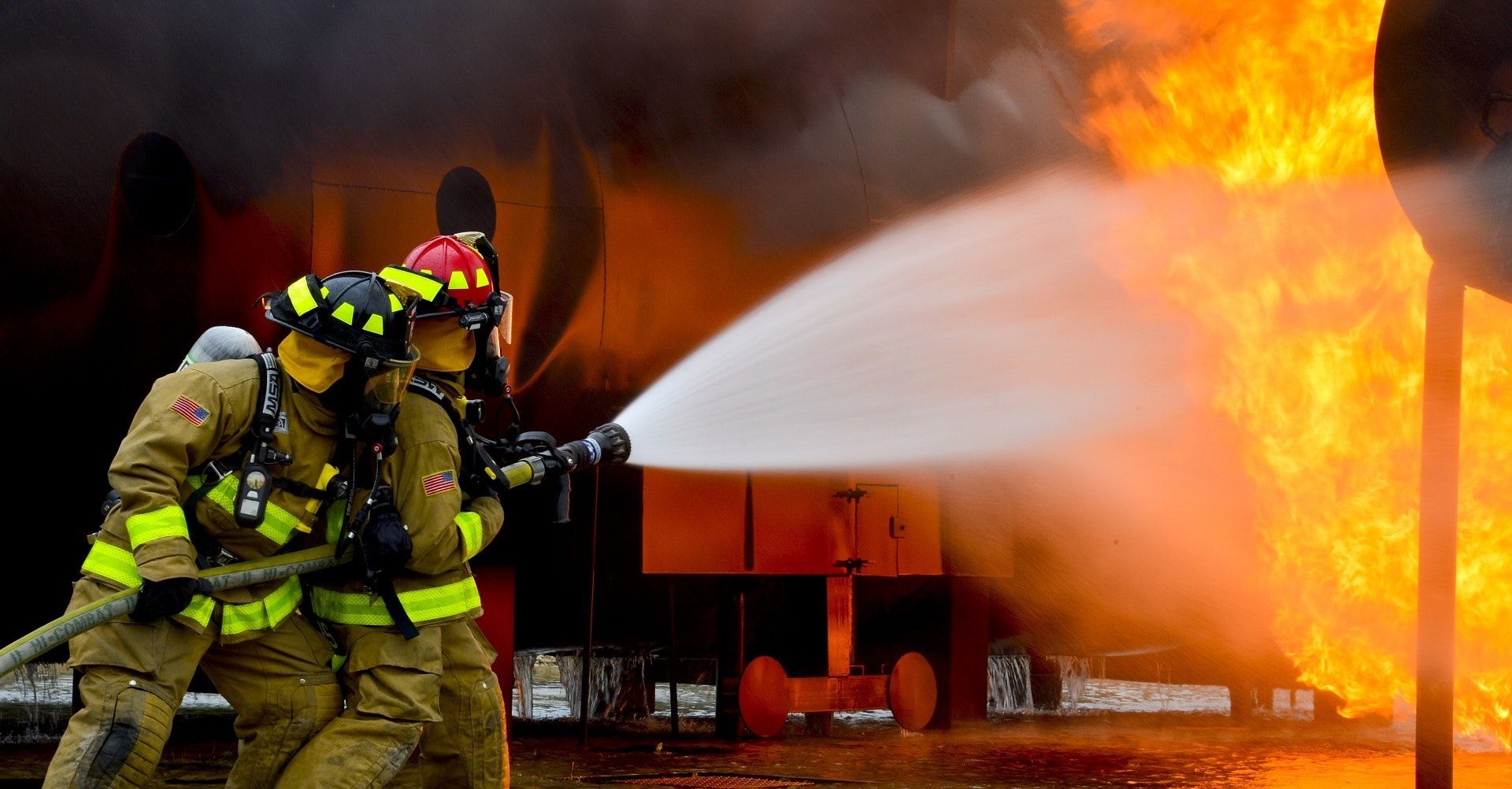
Are we doing enough for building fire safety and protection?
Our world has seen its fair share of fire disasters: the Great Fire of London in 1666, the Tooley...

Let one of our representatives take you around the system.

Fire: the magical stuff that slingshot the human race to the top of the food chain. Like all beautiful and wonderful things, it can have a very dangerous side. Improper use in the wrong environment can have fatal consequences, not to mention the damage to property, and for those who survive a wrangling from this molten beast, it can have a lifelong physical impact. OneTrace's fire stopping app is here to save the day!
Since the 17th century, government bodies have slowly introduced fire safety legislation as a knee jerk reaction to fire related tragedies. For instance, a fire involving a residential apartment building may not have been as devastating if the law required stricter passive fire protection, such as the use of fire safe and fire proof materials, was used in conjunction with active fire protection, like alarm and sprinkler systems and fire stopping apps. As the legislation around fire safety evolved, passive and active fire systems had to then be serviced and inspected at the recommended intervals to maintain fire safety standards.
When we look back to the Great Fire of London in 1666, there are many positives to be taken from such catastrophic destruction. Not only did it bring the bubonic plague to its knees, it taught King Charles and his court a great deal about how fire spreads in confined spaces, the materials that feed fires, how wind can “carry” a fire, and how badly a small fire can end. In four days, a small fire that started at a baker’s shop at midnight swallowed central London into a sea of ash and smoke, taking with it tens of thousands of buildings and displacing thousands of people. While it was recorded that only eight people died in the fire, the financial destruction was mammoth.
All was not lost since the devastation opened the doors to reform around construction in both the commercial and residential industries. In the early 1700s, King Charles mandated that houses within London were to be built of stone, open-fire cooking in attics of thatched houses was banned across the country, and buildings were restricted to only five stories high in Scotland.
The first fire safety act passed in Parliament was the Fires Prevention Act of 1774 which established many of the fire safety regulations we adhere to today. This act categorised buildings into various tiers, with each tier having specific requirements, and implemented the requirement for surveyors and emergency fire ladders for residences. But it wasn’t until 1937 that factory owners in London were legally obligated to have a fire escape plan.
Fire safety went pretty quiet until the early 60’s after fire-related incidents ignited safety requirements for public establishments and factories to have an internal fire fighting plan. Following a deadly fire at a multi-story hotel in 1969, the Fire Precaution Act of 1971 was established, requiring most commercial properties with sleeping accommodation to be fire certified. This law later expanded to include factories, offices and shops, and in 1987, it was amended to include maintenance of fire safety mechanisms and escape routes, and for all employees to be trained in fire safety. Laws have been restructured since, but the Fire Safety Order of 2005 enacted the system of fire safety risk assessments that are in current use, putting the responsibility of fire safety to an assigned individual within an organisation.
History tells a story that fire safety legislation has been rarely updated proactively, usually only after a significant incident, and while those historic events have been tragic rendering the fiery destruction of life and property immeasurable, these events thankfully now occur more infrequently as a result of stronger enforcement of legislation around fire protection and accident prevention.
As technology develops, it’s only safe to assume that the law will evolve to accommodate these changes. Systems like OneTrace’s fire-stopping app come in to assist companies to keep their records updated and stay on top of their fire safety protocols to keep the business in line with what’s required to maintain their accreditations without the administrative burdens. This will continue to push fire safety as a priority and by improving the workflow and productivity of fire inspection teams, they are less likely to make a mistake or cut corners, further increasing the strength of a fire protection strategy.
One Trace is the UK’s leading fire protection traceability software. Capture everything you need with ease, such as photos, materials and markup drawings, and keep track of multiple projects in real-time all in one place.
Take your business to the next level of innovative fire protection traceability and meet the requirements of third-party accreditations without the administrative headache by simply requesting a demo or getting in touch and our in-house experts are ready to assist you.

Are we doing enough for building fire safety and protection?
Our world has seen its fair share of fire disasters: the Great Fire of London in 1666, the Tooley...

Projected Growth in the Passive Fire Protection Materials Market
Fire safety has not always been the focus of the building industry but it has definitely taken the...

Fire protection traceability and transparency
Since 2017, the fire safety industry has been in the hot seat, with a spotlight on improving safety...